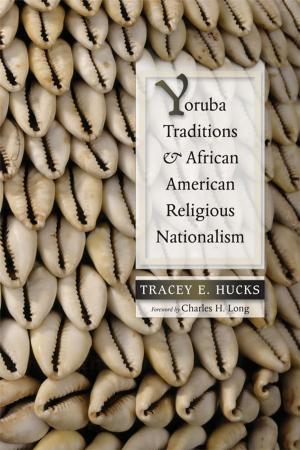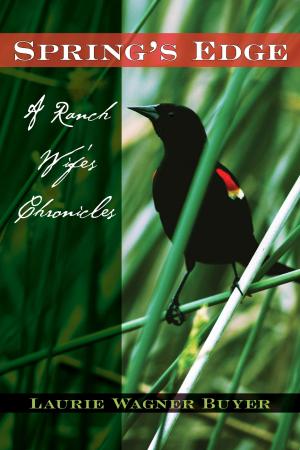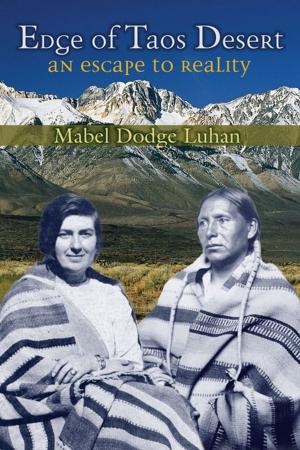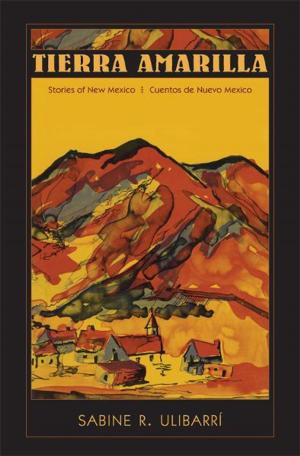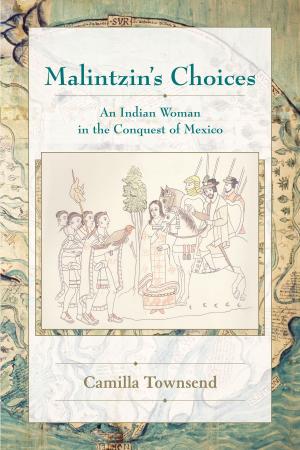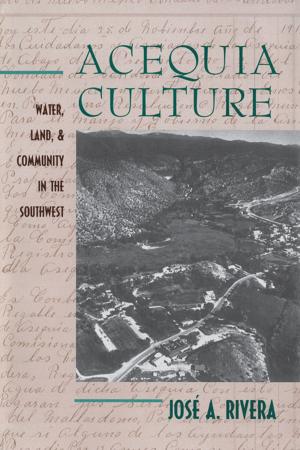| Author: | Daniel Shaw | ISBN: | 9780826345332 |
| Publisher: | University of New Mexico Press | Publication: | December 16, 2010 |
| Imprint: | University of New Mexico Press | Language: | English |
| Author: | Daniel Shaw |
| ISBN: | 9780826345332 |
| Publisher: | University of New Mexico Press |
| Publication: | December 16, 2010 |
| Imprint: | University of New Mexico Press |
| Language: | English |
In this much-needed work for our nation's youth, Daniel Shaw tracks the interconnections of small regional ecosystems to larger ones, and in the process demonstrates the accessibility of nature to everyone. As Shaw notes in his introduction, the story that is too often told about the environment is one about despair and destruction, which basically suggests to young people that all is lost and everything was better before their time.
Instead, this book tells true life success stories of young people involved in citizen science efforts and how others can join in tracking climate change, local wildlife, and other parts of the natural world. Shaw's work demonstrates by example a story of hope for a natural environment that exists in the world.
At the core of this book is the notion that humans are components of their ecosystems. Shaw encourages readers to learn what becomes of their outputs and to understand human contributions to various ecological cycles. Sidebars and activities give readers a chance to discover these cycles right in their backyards and to link their discoveries to neighborhood environments.
In this much-needed work for our nation's youth, Daniel Shaw tracks the interconnections of small regional ecosystems to larger ones, and in the process demonstrates the accessibility of nature to everyone. As Shaw notes in his introduction, the story that is too often told about the environment is one about despair and destruction, which basically suggests to young people that all is lost and everything was better before their time.
Instead, this book tells true life success stories of young people involved in citizen science efforts and how others can join in tracking climate change, local wildlife, and other parts of the natural world. Shaw's work demonstrates by example a story of hope for a natural environment that exists in the world.
At the core of this book is the notion that humans are components of their ecosystems. Shaw encourages readers to learn what becomes of their outputs and to understand human contributions to various ecological cycles. Sidebars and activities give readers a chance to discover these cycles right in their backyards and to link their discoveries to neighborhood environments.

